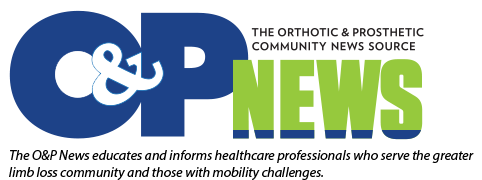|
CHICAGO — Digital laser scanning technology can be effectively used in treating pectus carinatum, according to a presenter at the American Academy of Orthotists and Prosthetists Annual Meeting and Scientific Symposium, here.
“This is something that can easily be used by orthotists,” Calli Clark, MSPO, CO, of Boston Brace/National Orthotics and Prosthetics Company (NOPCO), said.
Although orthotic treatment — a compressive orthosis — now is an accepted alternative to surgery for treating pectus carinatum, a protrusion of the anterior chest wall, orthotists lack clinical outcome measures that would validate use of these devices. Also, more quantitative evidence is necessary, she said.
As opposed to other options for measuring orthotic success, like CT scans and optical imaging, laser scanning is portable, fairly inexpensive and presents low risk to the patient, she said.
She explained the case of a 14-year-old boy with moderately severe pectus deformity, whom she fitted with an orthosis and took digital laser scans at the time of fitting. After wearing the orthosis for 16 hours a day, he returned for a second set of scans which showed a reduction in the protrusion by 22 mm. She overlaid and analyzed the scans with CAD software and determined the Pectus Index and Modified Pectus Index scores.
“We found that both of the indices increased with just 4 weeks of orthosis wear, indicating that some improvements had occurred,” she said.
Clark said that it will be necessary to determine the accuracy of the scanned images and further improve the process.


